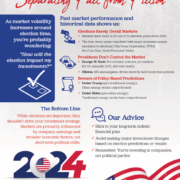2025 401(k) Contribution Limits Announced; New Super Catch-Up for Ages 60-63
2025 401(k) Contribution Limits Announced; New Super Catch-Up for Ages 60-63
The IRS officially announced the new 401(k) contribution limits for 2025 (full news release), which also included a new “super catch-up” allowance for people who are ages 60-63 at year-end 2025. Strangely, it goes back down once you are age 64. I hadn’t heard of this before now. As usual, by “401(k)” I mean that it applies to 401(k), 403(b), governmental 457 plans, and the federal government’s Thrift Savings Plan. Follow link to read more from MyMoneyBlog. https://www.mymoneyblog.com/2025-401k-contribution-limits-super-catch-up.html




